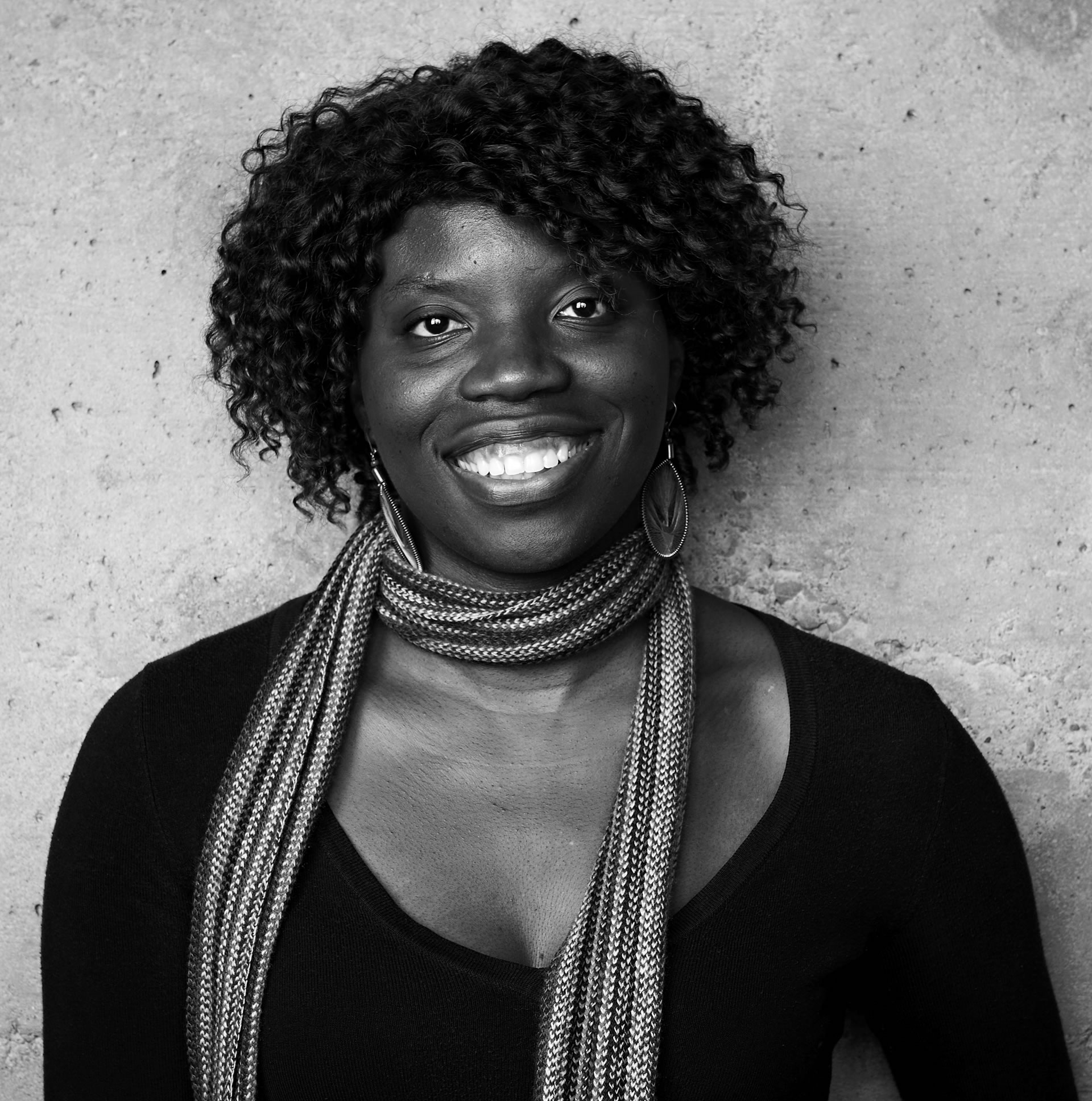gb&d: How did you first become interested in urban design?
Liz Ogbu: I was a child of social scientists, and I was the weird child in my family who drew, so I kind of gravitated to architecture because of that. As I started dealing with design and building individualized structure, I became really interested in the city because that sort of strict construct around architecture—the art and science of building—kind of left out the people. And that became deeply connected to my own upbringing. So from the very beginning, I kept on trying to reconcile those worlds as part of my architectural training.
gb&d: What kind of problems were you seeing that you wanted to solve with the Day Labor Station?
Ogbu: There were some very basic physical problems that you can recognize right away. You know, 75 percent of these sites across the country were actually these informal sites—parking lots, etcetera. At those sites, there was no access to shelter, no access to water, no access to restrooms. That was something that architecture design could somehow address.
Once we started to engage, we thought we had to deal with all the social and economic issues as well. It had a lot to do with the fact that existing centers that were built were often church basements or office trailers. They were spaces that were designed for other uses; they were rarely designed around how the day labor system actually operates. And so, for us, that came first and foremost, just looking at these guys and taking the time to observe the ways in which they interact and actually design for what their needs were.
On a project several years before, someone said to me that “design equals dignity,” and I really do believe that. You look at a lot of these guys, and they’re often in places that are highly undignified, even though they’re working very hard to earn a living, earn a better life for themselves.
gb&d: What does that relationship between the practice of design and dignity look like on a tangible level?
Ogbu: I think people respond a lot to tangibility, even when it has to do with big ideas and big dreams, and I think it means something different to everyone. Whenever we build something, it’s not a neutral act. It has meaning, and we have to take that seriously. For the workers, even just going in and discussing this with them was such a huge deal, which, for me, was very impactful because I took a decent amount of flack on that (laughs). I received hate mail for that project, and people said some very nasty things. But for these guys, it was such a powerful act for them. No architect had ever bothered to talk to them, or not in this sort of way. Very little, if anything, has ever been designed for them.
gb&d: How do you find that traveling informs your ideas?
Ogbu: When I was a systems designer, I learned that in order to do that well, you have to be able to synthesize lots of bits of information and find commonality or analogous examples that can drive innovation in a new way.
For me, being able to see ways in which things are happening in different places, I can take these nuggets and reflect them back either in that place, or in projects that I’m doing elsewhere. Earlier this afternoon, I was retelling some of the experiences I had in [Christchurch,] New Zealand, to one of my partners on this San Francisco project and saying, ‘I was just thinking of a new way that we could do programming and activation at that site this spring that kind of takes it to a whole new level,’ and it was totally inspired by things that I had just seen at Christchurch, which is a completely different context. If I didn’t travel this much, I wouldn’t be able to see those things in action and be able to transfer them.

